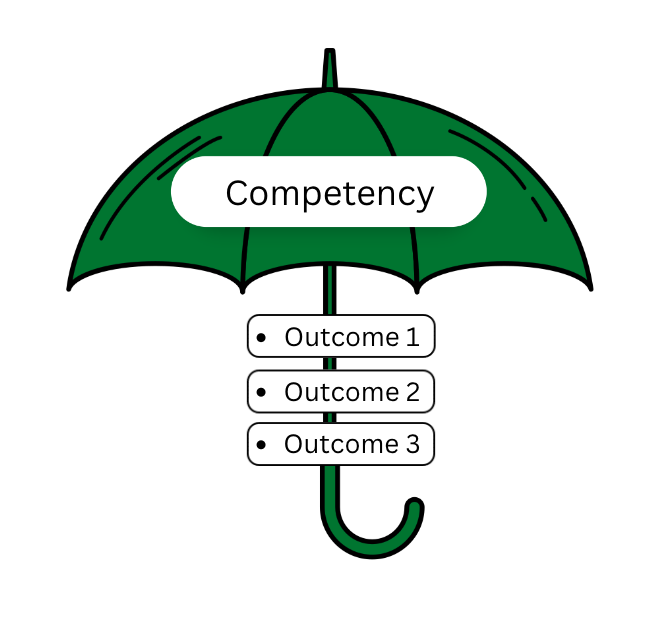Using Reflective Practice to Become the Teacher You Want to Be
With Wenona Partridge, GMCTE
Richard Feynman was a great physicist and exceptional teacher, and generally cool person. He had a vision for how he wanted to teach and kept moving towards that vision. For a glimpse of Feynman, see the video at the end of this post (or read more and see the video), and think about the kind of teacher Feynman chose to be.
So what is your vision for your teaching? What are your goals? What do you want your feedback from students to say? What stories would you like students to share about your class?
One of the ways to move toward your vision is by using a practice of reflection and action. Reflection with action can move you closer to your teaching goals, and generate energy to move you forward and enact change. This is a process of constant learning. For more on the WHY of reflective practice, take a look at this summary of the work of Donald Schön and Chris Argyris.
The process of constant learning through reflection begins with two questions:
(1) What is the current state? What am I am doing and how is that working?
(2) What could I DO to take me closer to the vision I have for myself as a teacher?
If you choose to actively reflect on your teaching practice, you can also choose to do so in a more or less structured way. This process needn’t be thought of as being done in a right or a wrong way, but there are different ways in which you can reflect. One thing to consider is that, in reflecting on your teaching, you are reflecting on who you are as a whole person, in all of your professional and personal capacities since the beliefs you hold about teaching and learning are not formed through or reinforced by only your professional experience. In other words, “[c]onsciously we teach what we know, unconsciously we teach who we are” (Hamacheck, 1999, p. 209). One guide we recommend to structure the process of reflecting on your teaching and learning can be found here: http://writeonline.ca/media/documents/ReflectiveToolbox.pdf
Now that you have reflected on your teaching practice, it is time to ACT! If you are looking for new ideas or want to brainstorm, get in touch!


